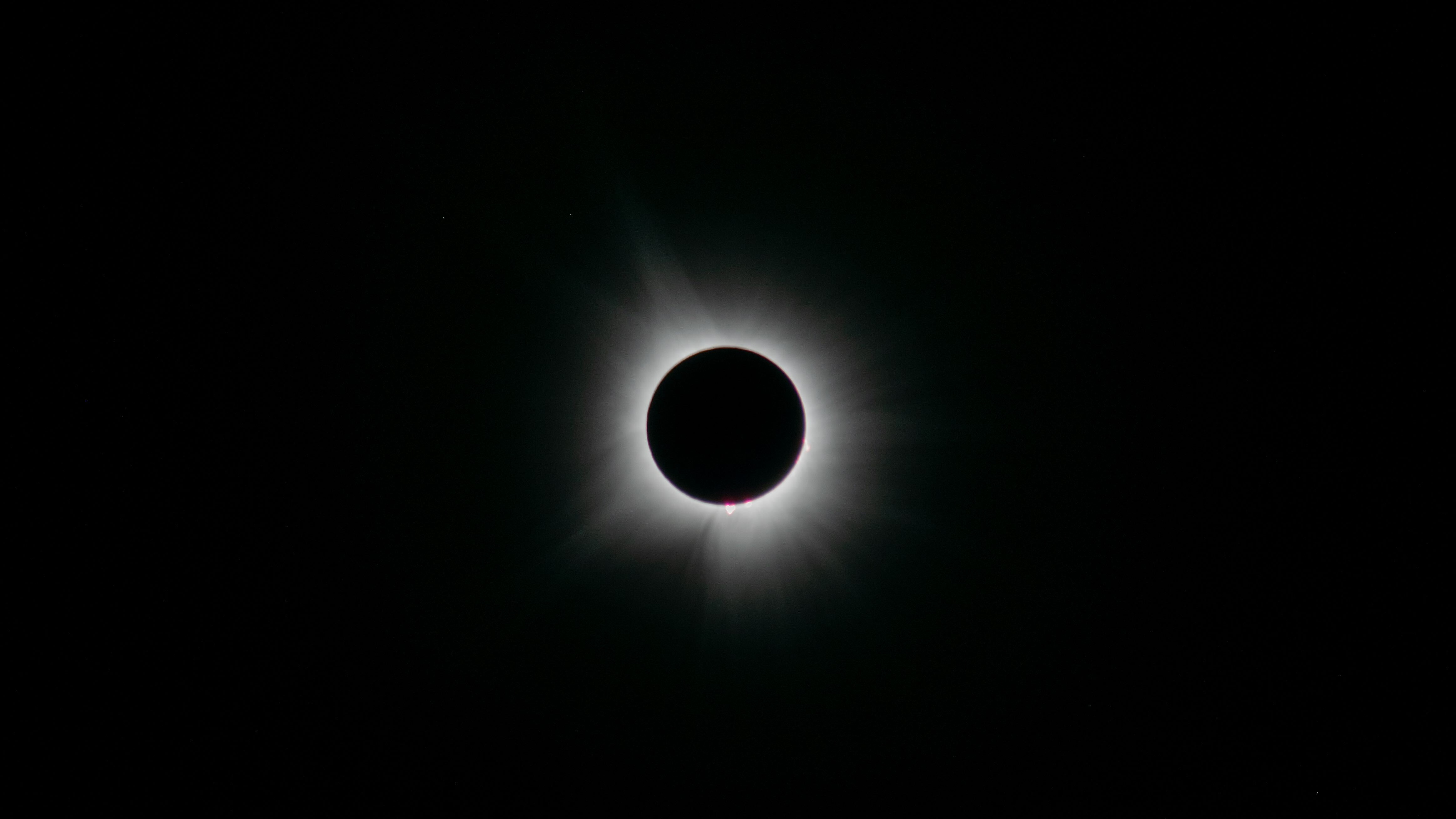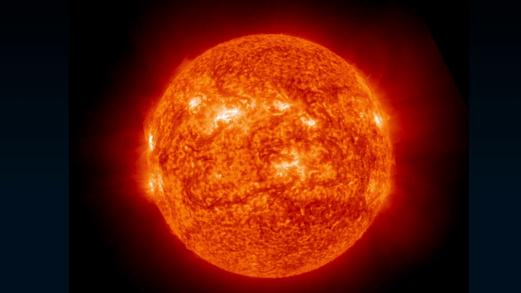The sun
Latest about The sun
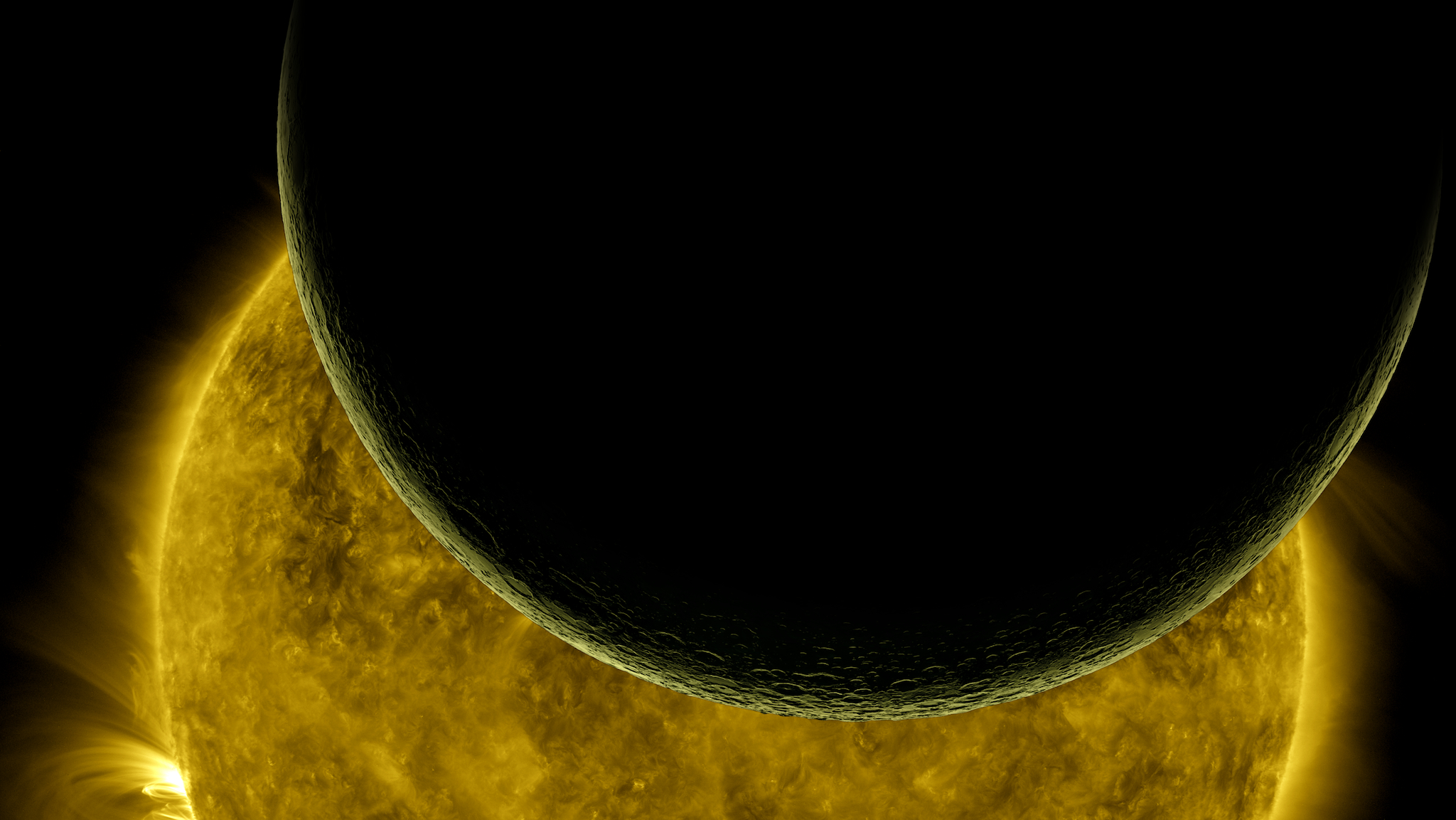
The sun might be spitting out particles that create water on the moon
By Sharmila Kuthunur published
"With only lunar soil and a basic ingredient from the sun — which is always spitting out hydrogen — there's a possibility of creating water."
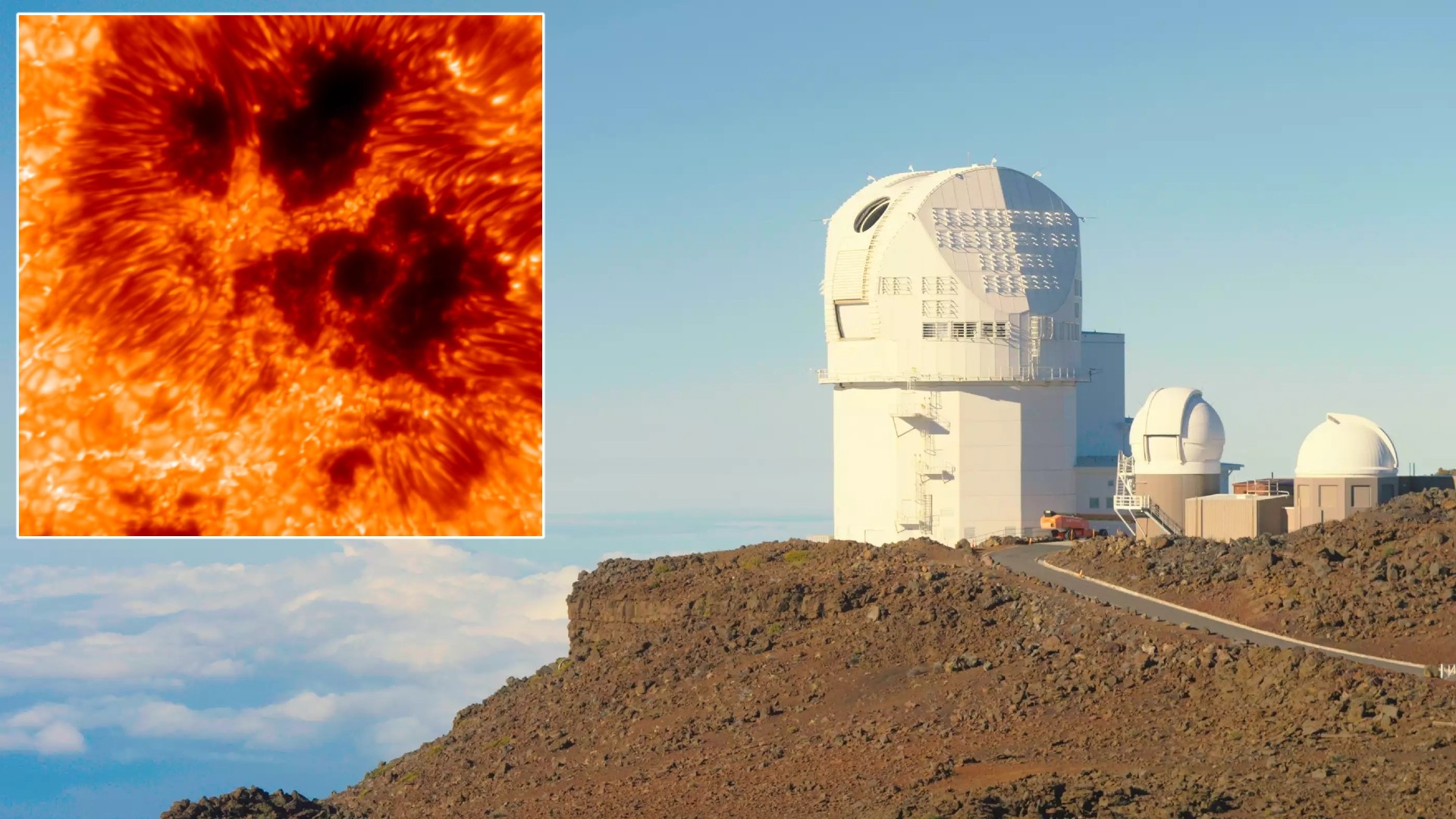
World's largest solar telescope gains powerful new 'eye' to study the sun's secrets
By Sharmila Kuthunur published
A powerful new instrument added to the Daniel K. Inouye Solar Telescope promises to maximize the information gleaned from the sun's light.
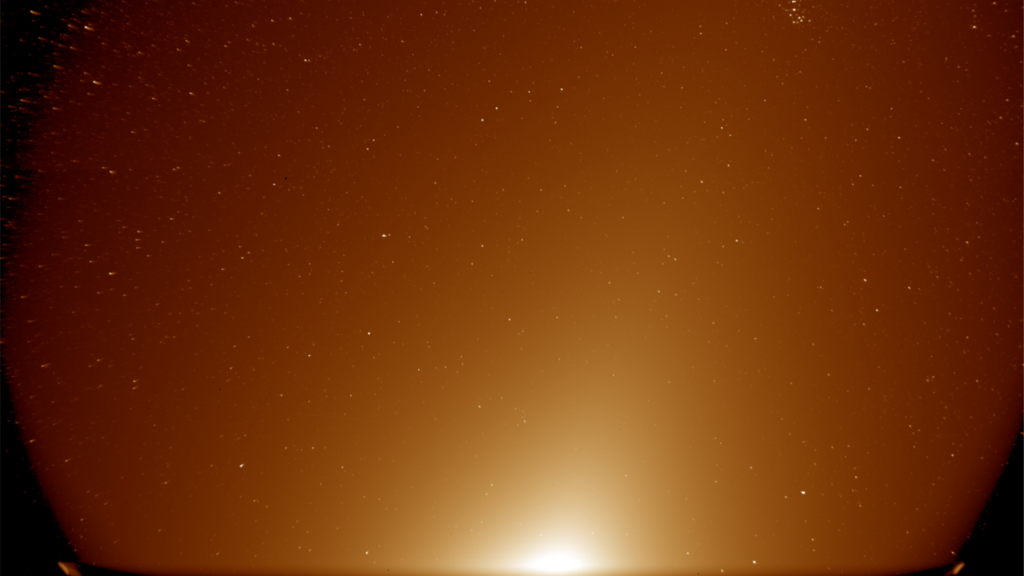
NASA's sun-studying PUNCH mission captures its 1st-light images. Everything looks great so far
By Monisha Ravisetti published
NASA's PUNCH sun-studying mission has seen first light — and the team says all four instruments are indeed working as expected.
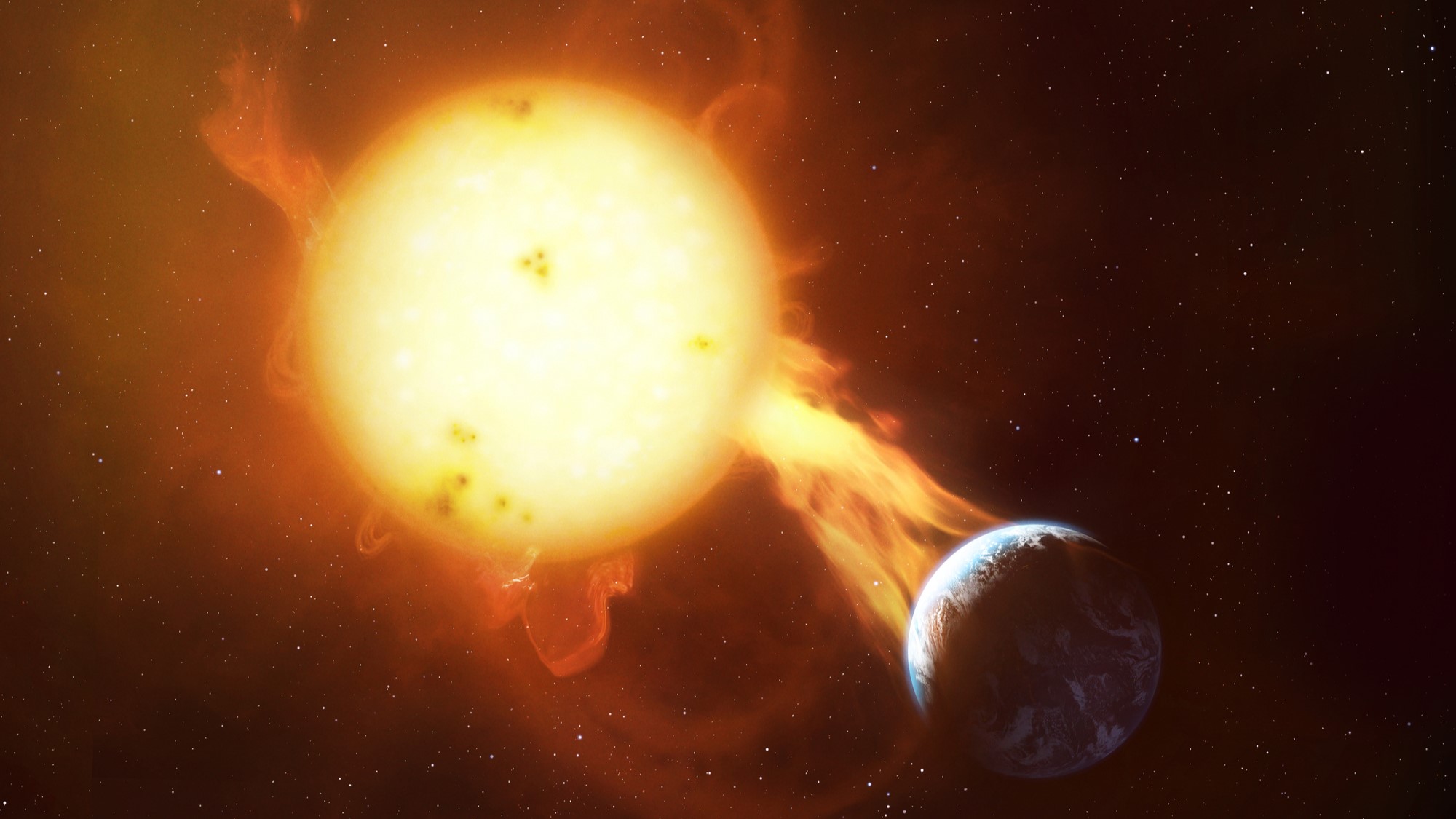
A hidden solar cycle is awakening, but more extreme space weather over the next 50 years may not be a bad thing
By Tereza Pultarova published
"The next set of solar cycles will be more active."
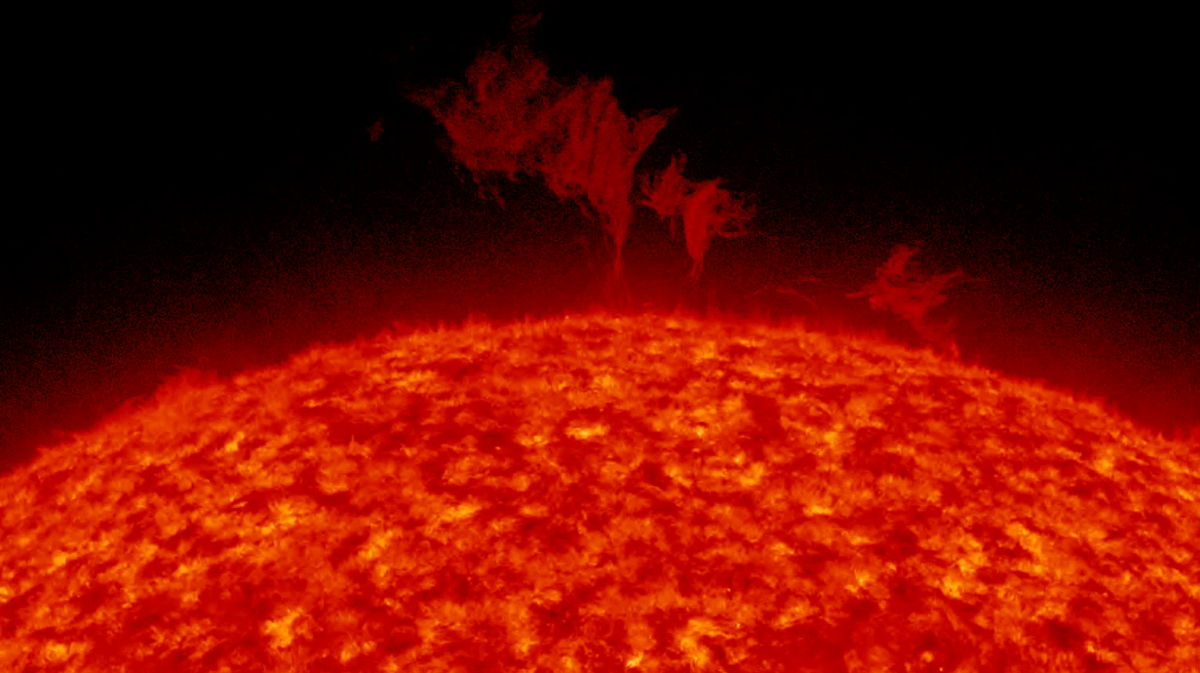
How AI is helping scientists unlock some of the sun's deepest secrets
By Sharmila Kuthunur published
AI can bridge the growing gap between new and old solar observations and help scientists uncover overlooked aspects of our star's long-term evolution, a new study argues.
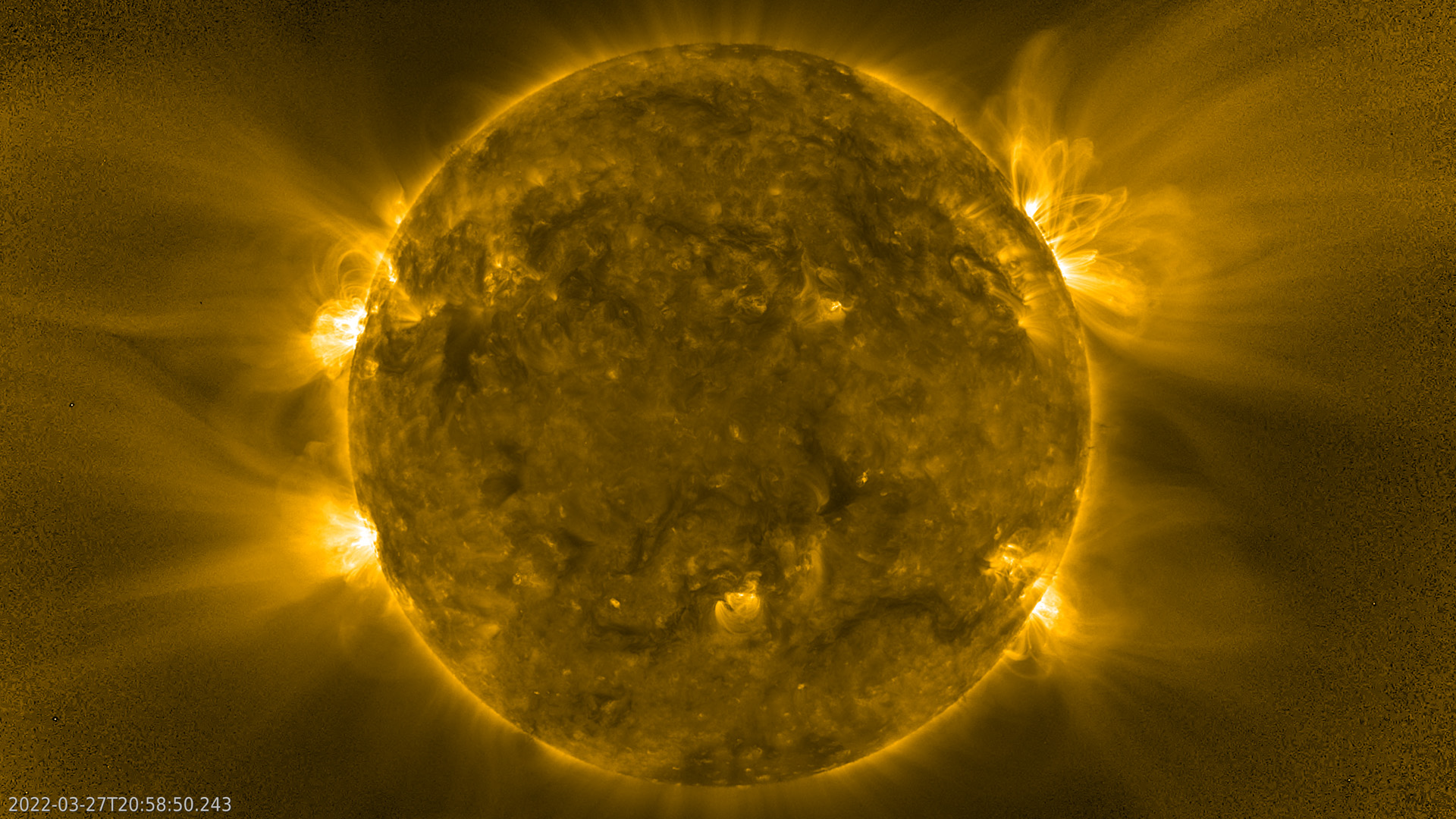
The sun just leaked a huge amount of helium-3 — the rare isotope scientists want to harvest on the moon
By Victoria Corless published
The sun was caught bursting out a huge quantity of helium-3, an isotope that's scarce in our solar system.
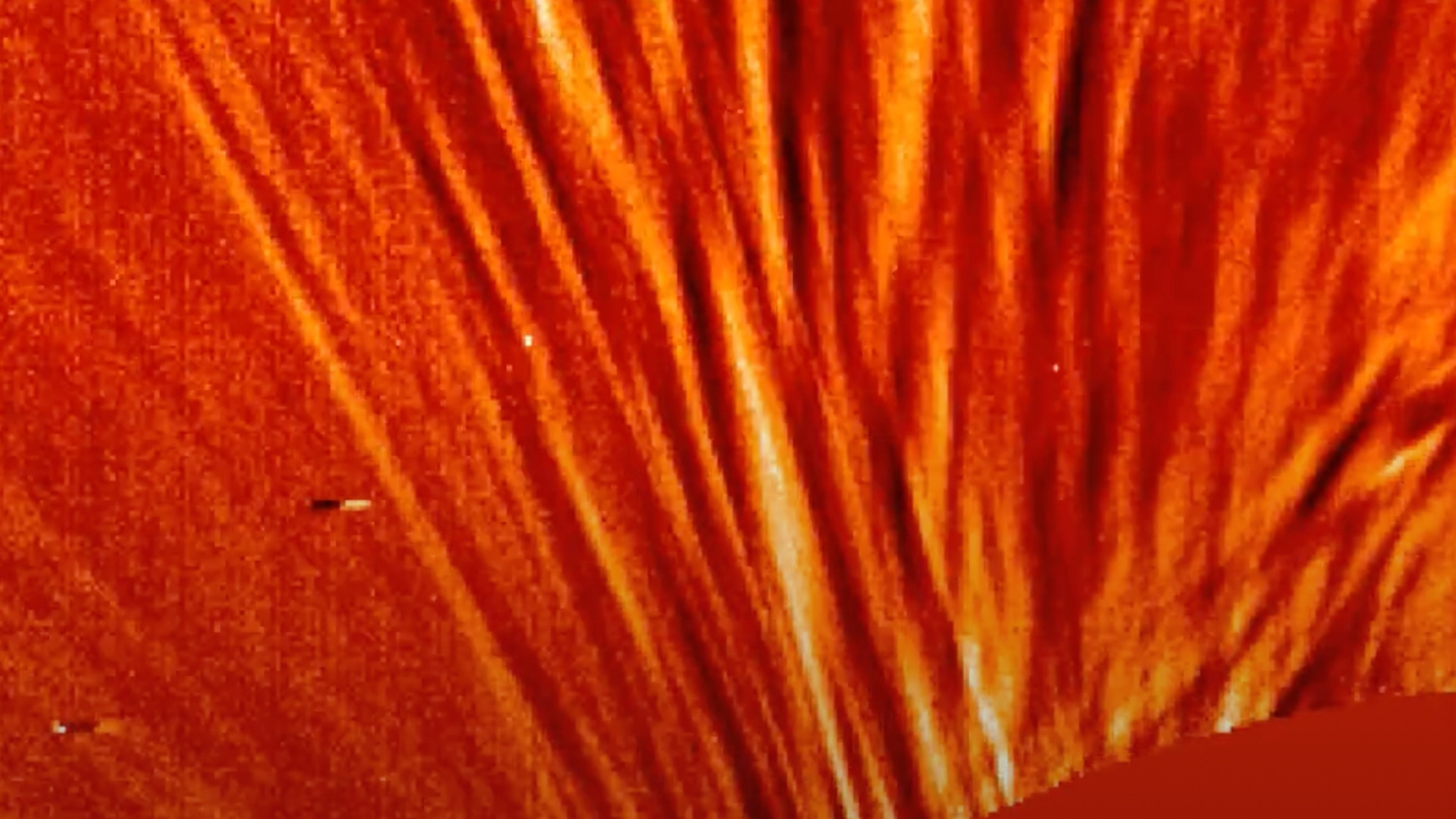
Million-mile-long solar whirlwind could help solve sun's greatest mysteries (video)
By Keith Cooper published
Europe's Solar Orbiter spacecraft has chronicled the development of the magnetic escape of plasma driven out by a powerful magnetic reconnection event.
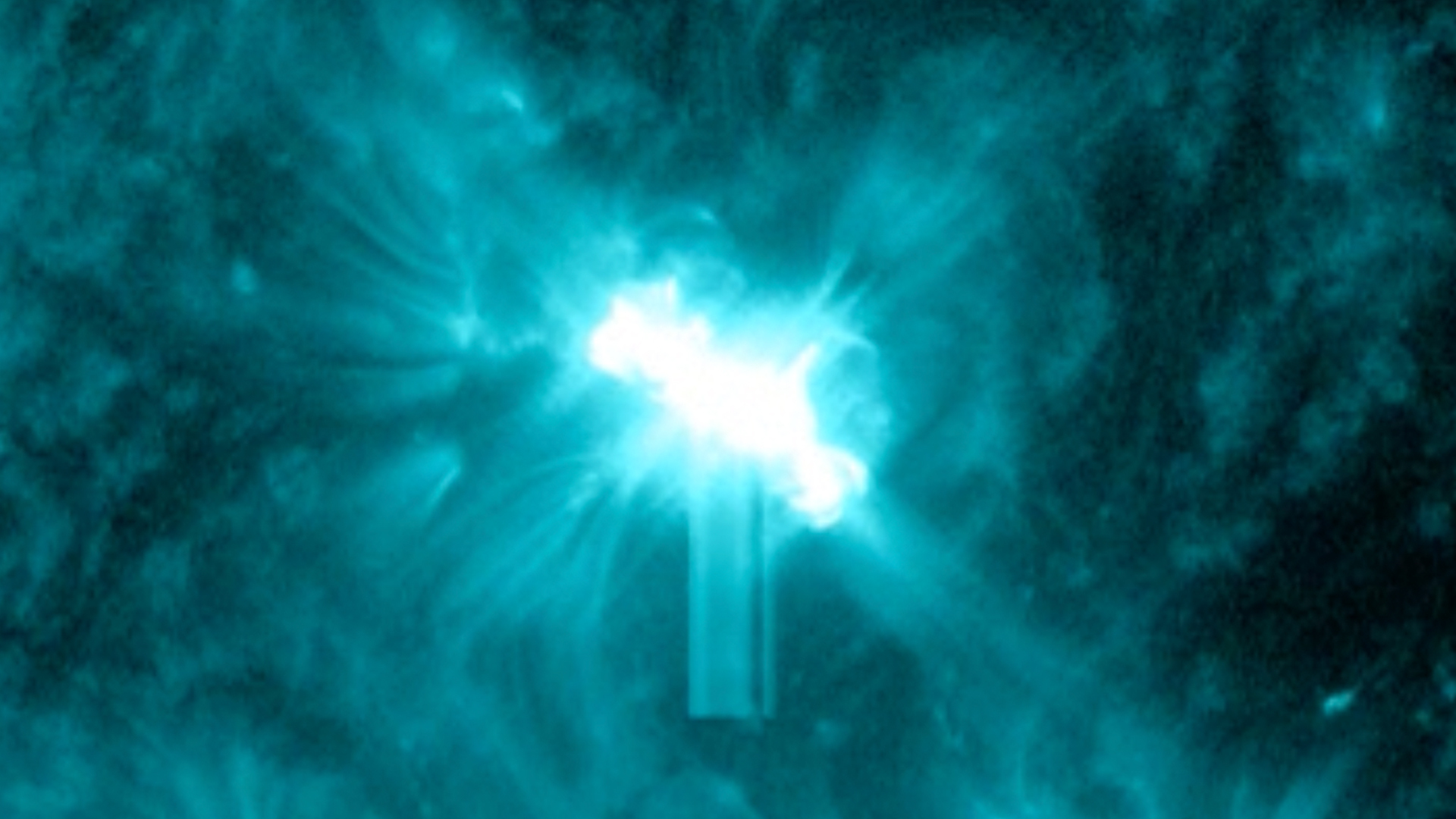
Sun unleashes powerful M5.6 solar flare and Earth is in the firing line — are auroras incoming?
By Daisy Dobrijevic published
After last week's explosive X-flare, sunspot AR4046 is at it again! Could this latest eruption bring stormy space weather to Earth?
Get the Space.com Newsletter
Breaking space news, the latest updates on rocket launches, skywatching events and more!
